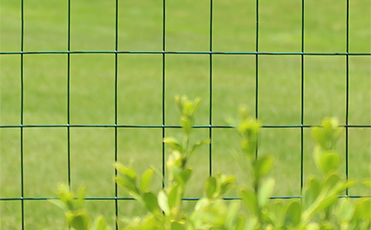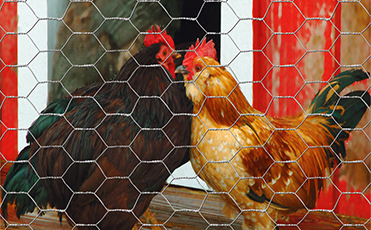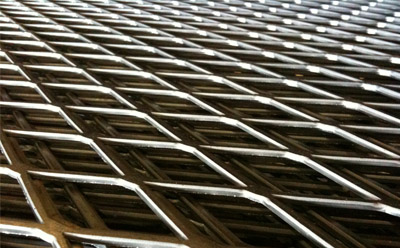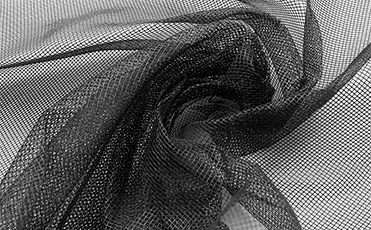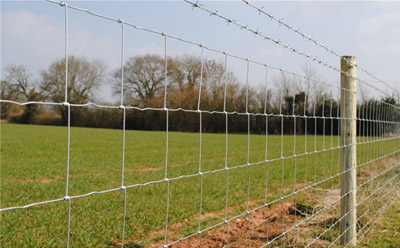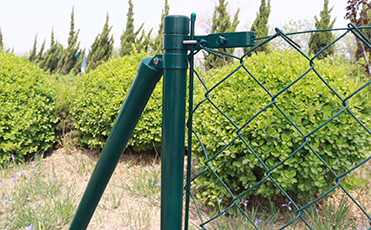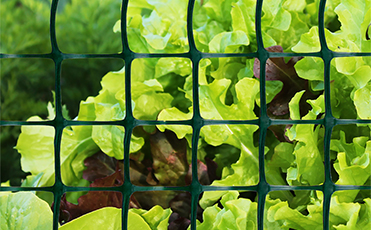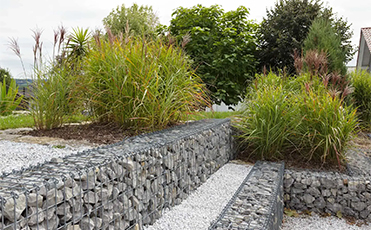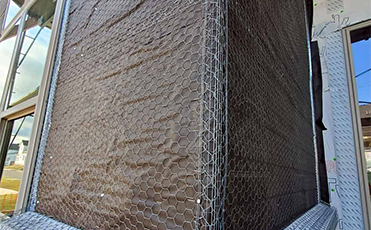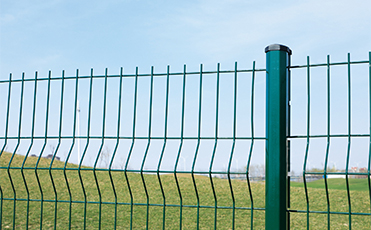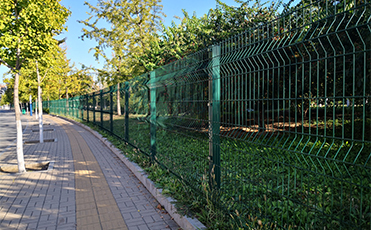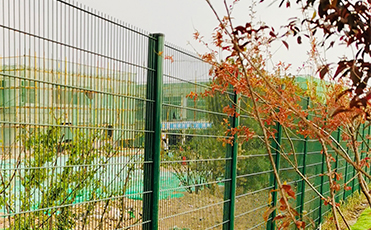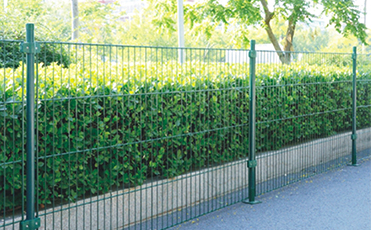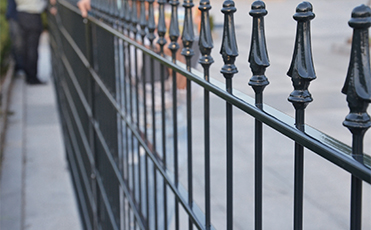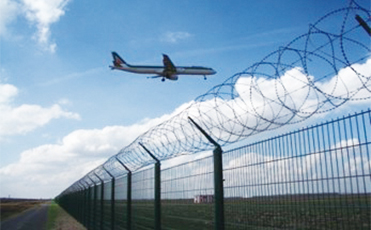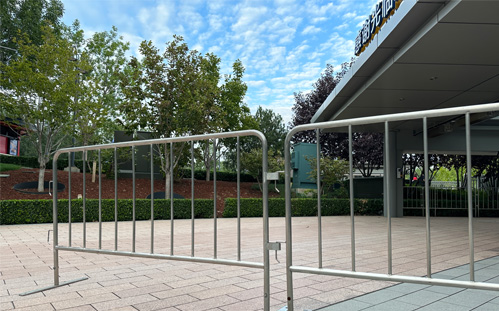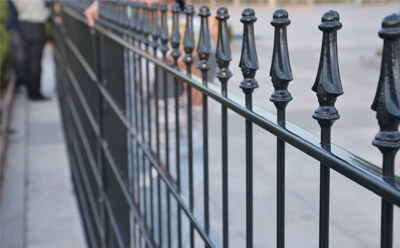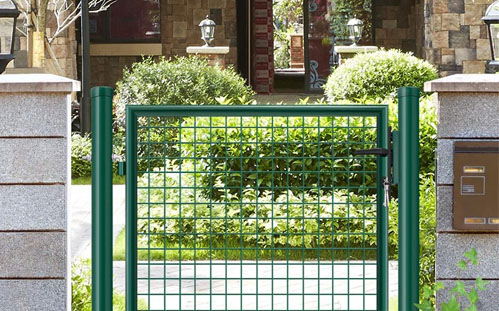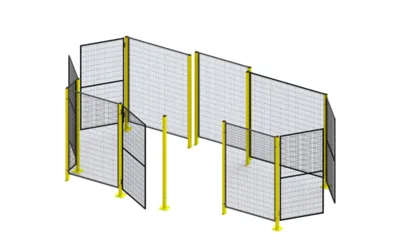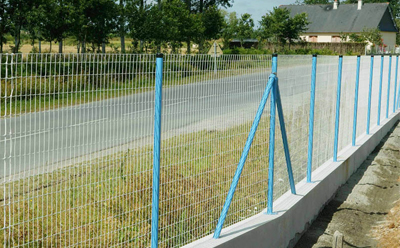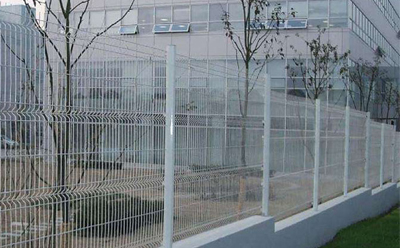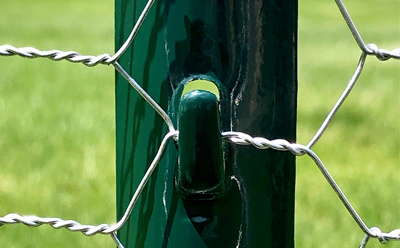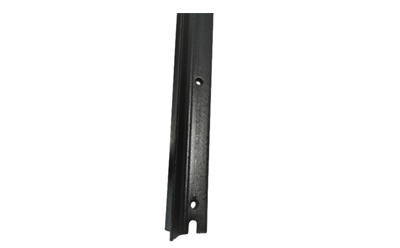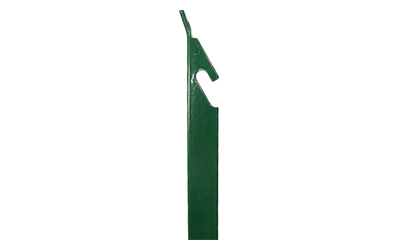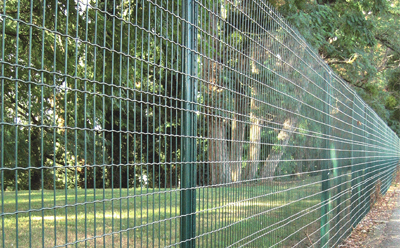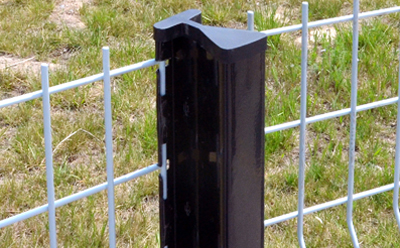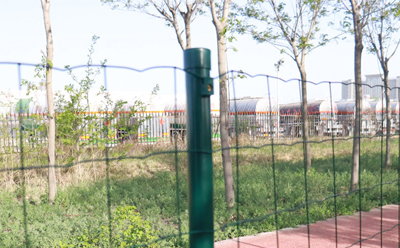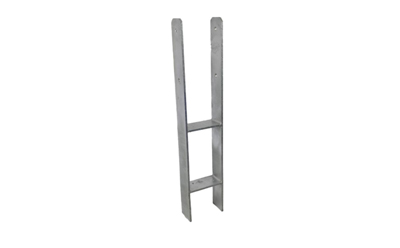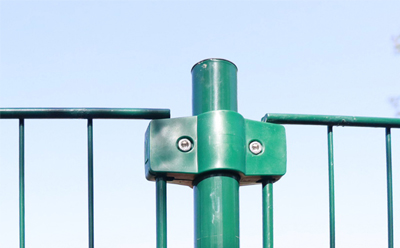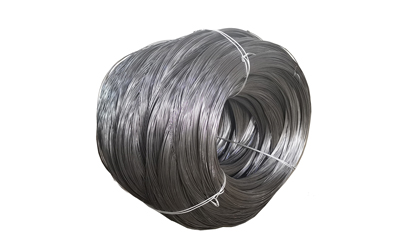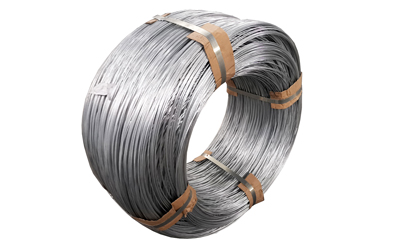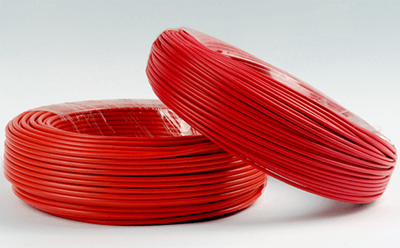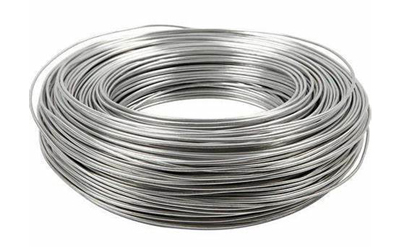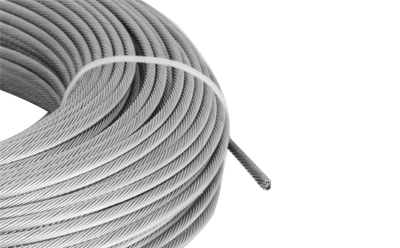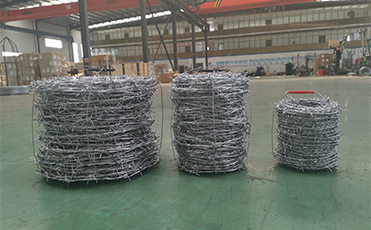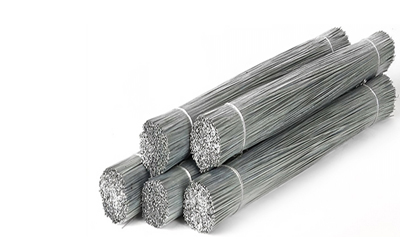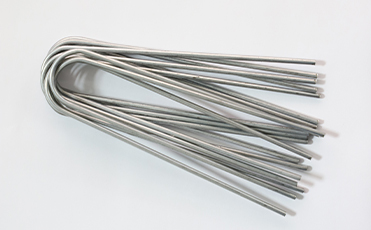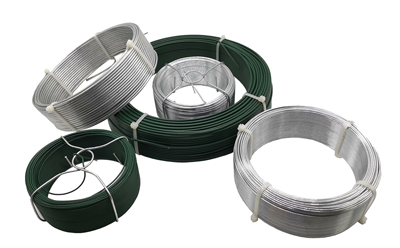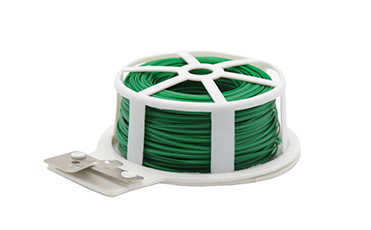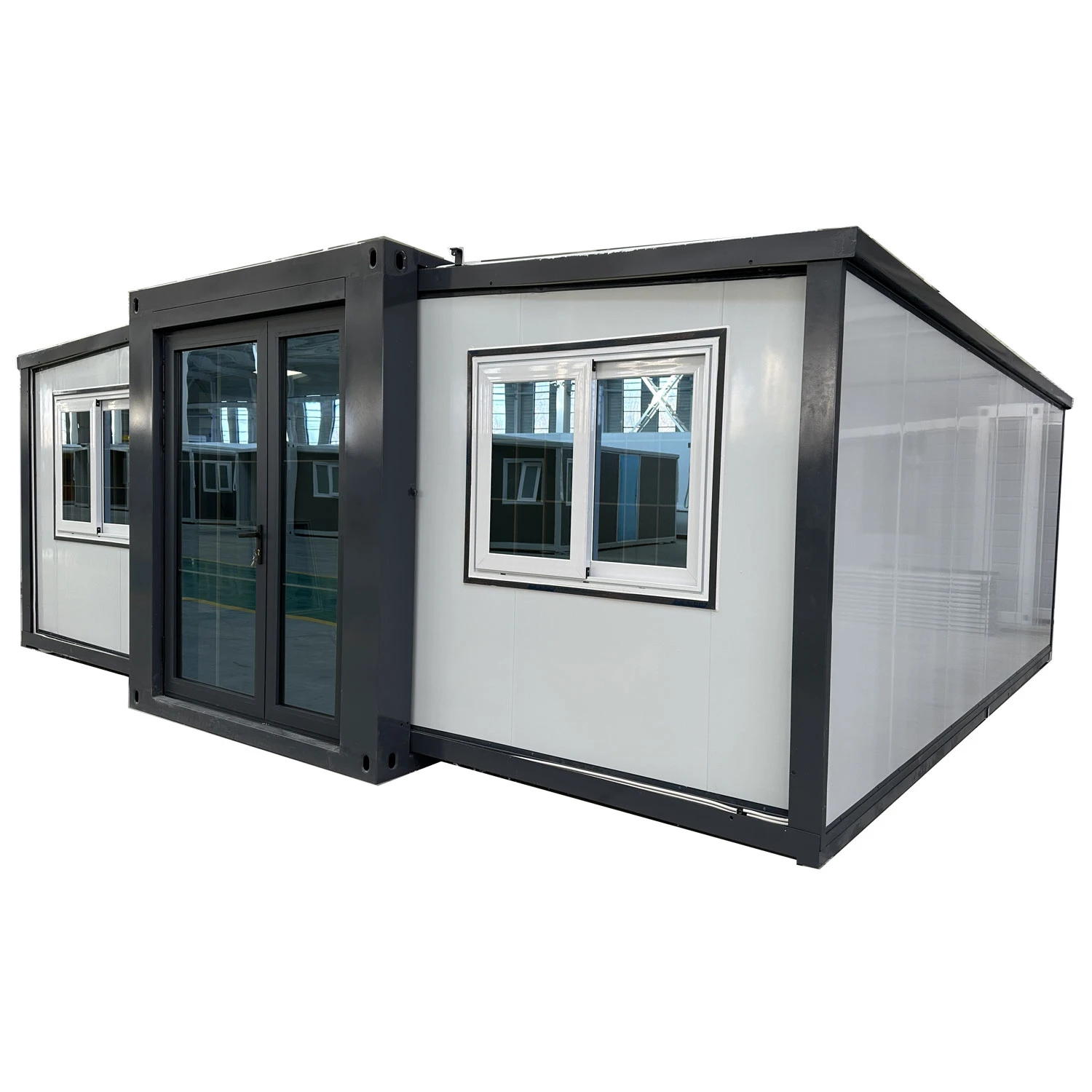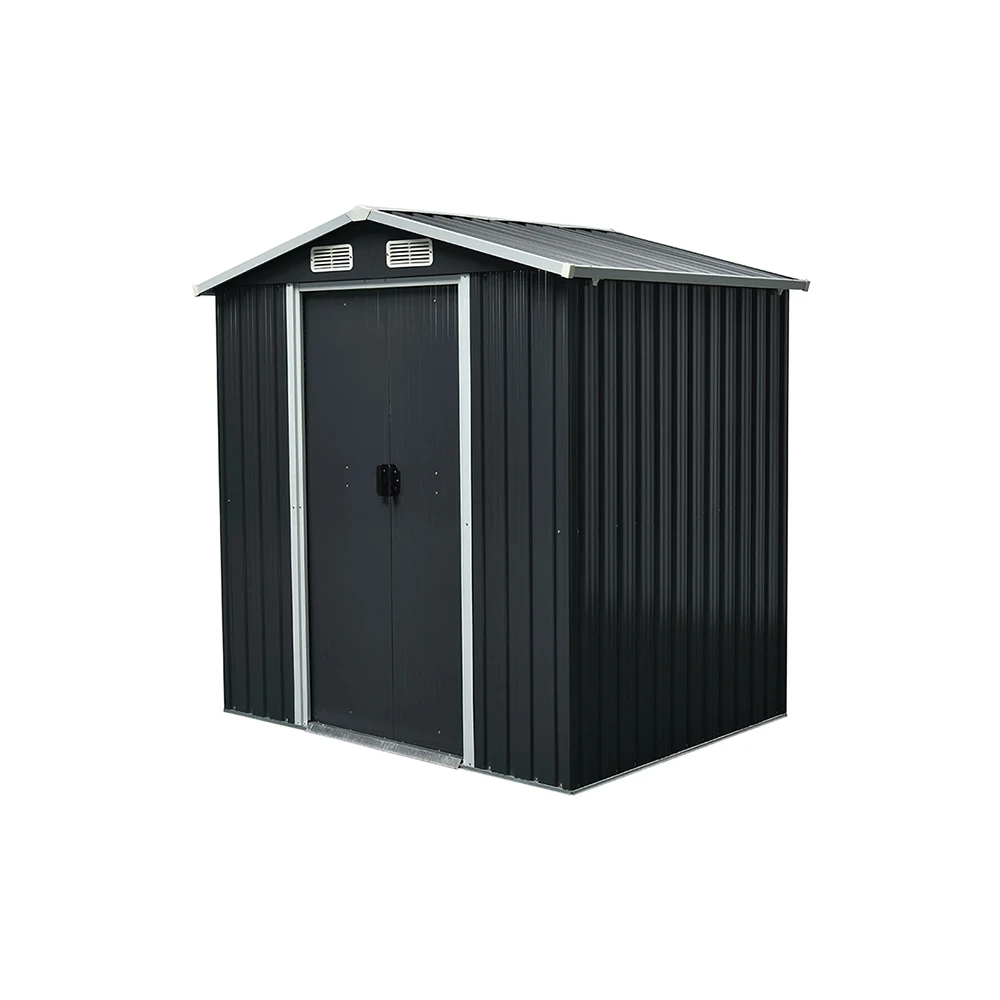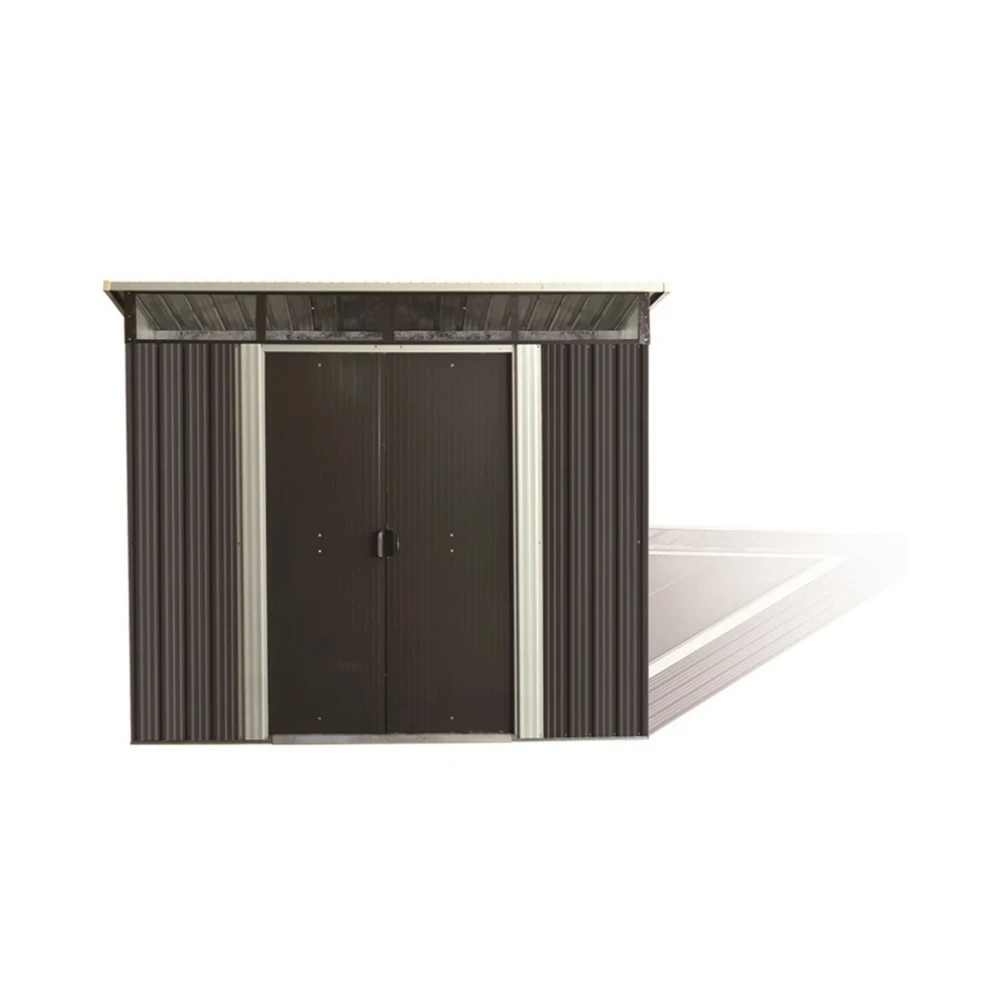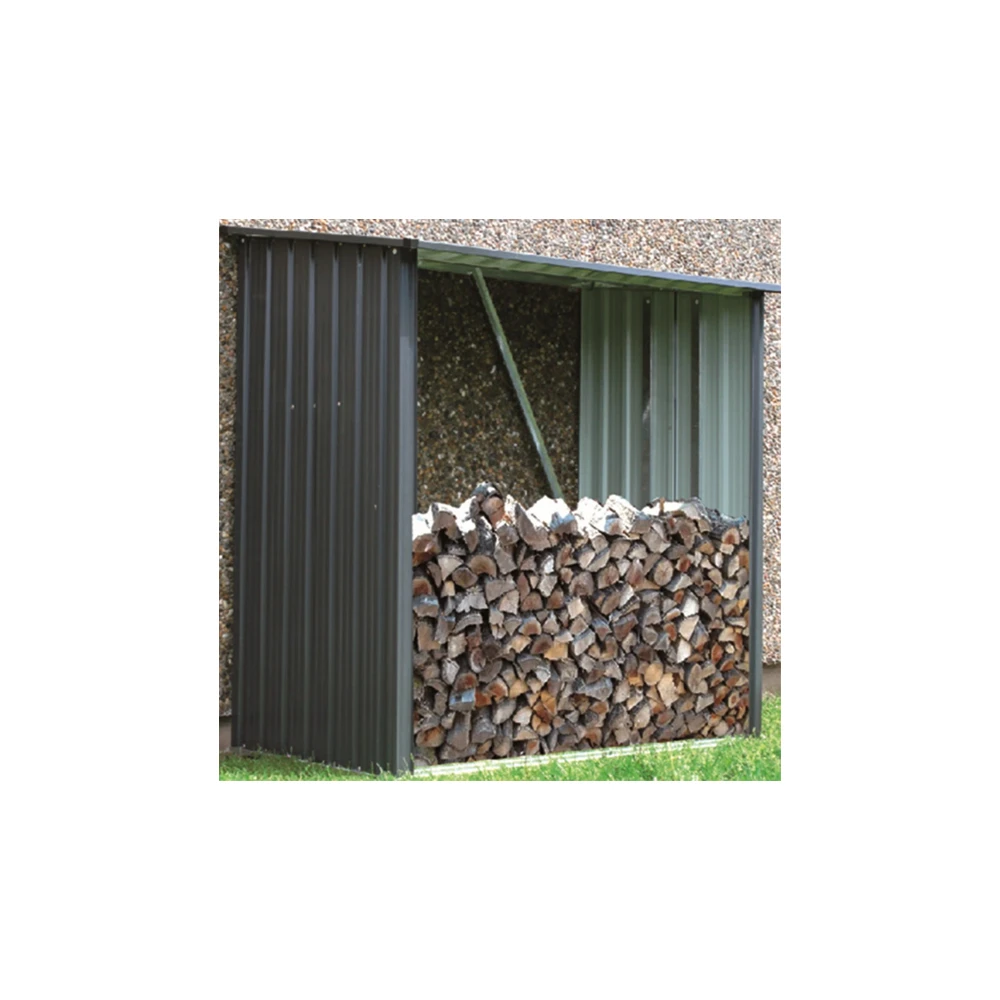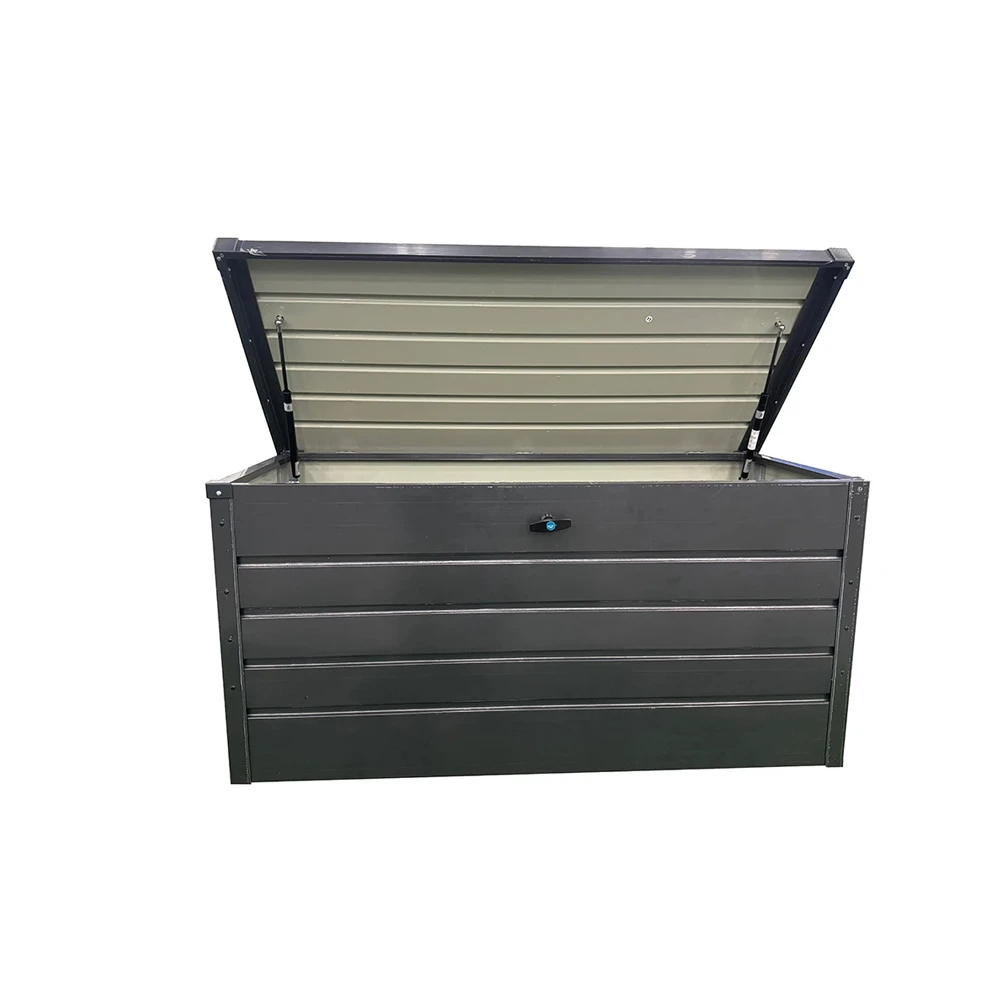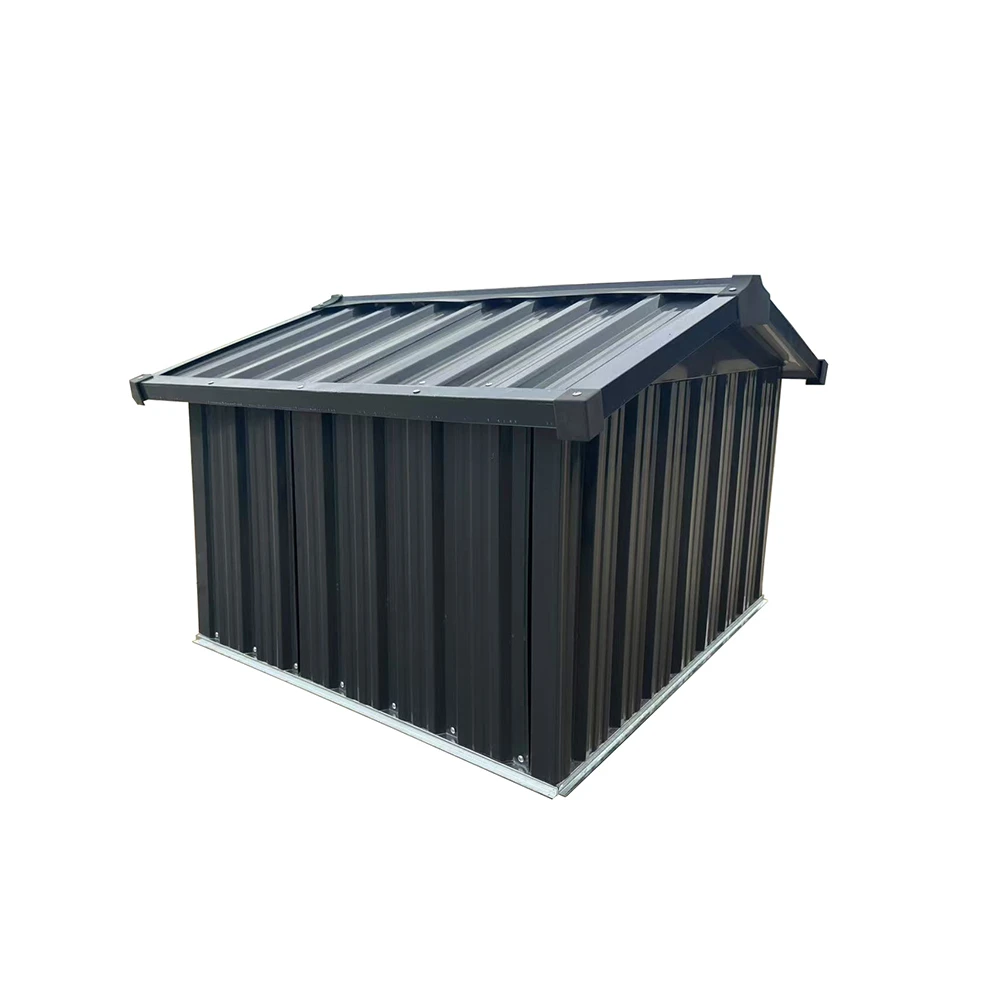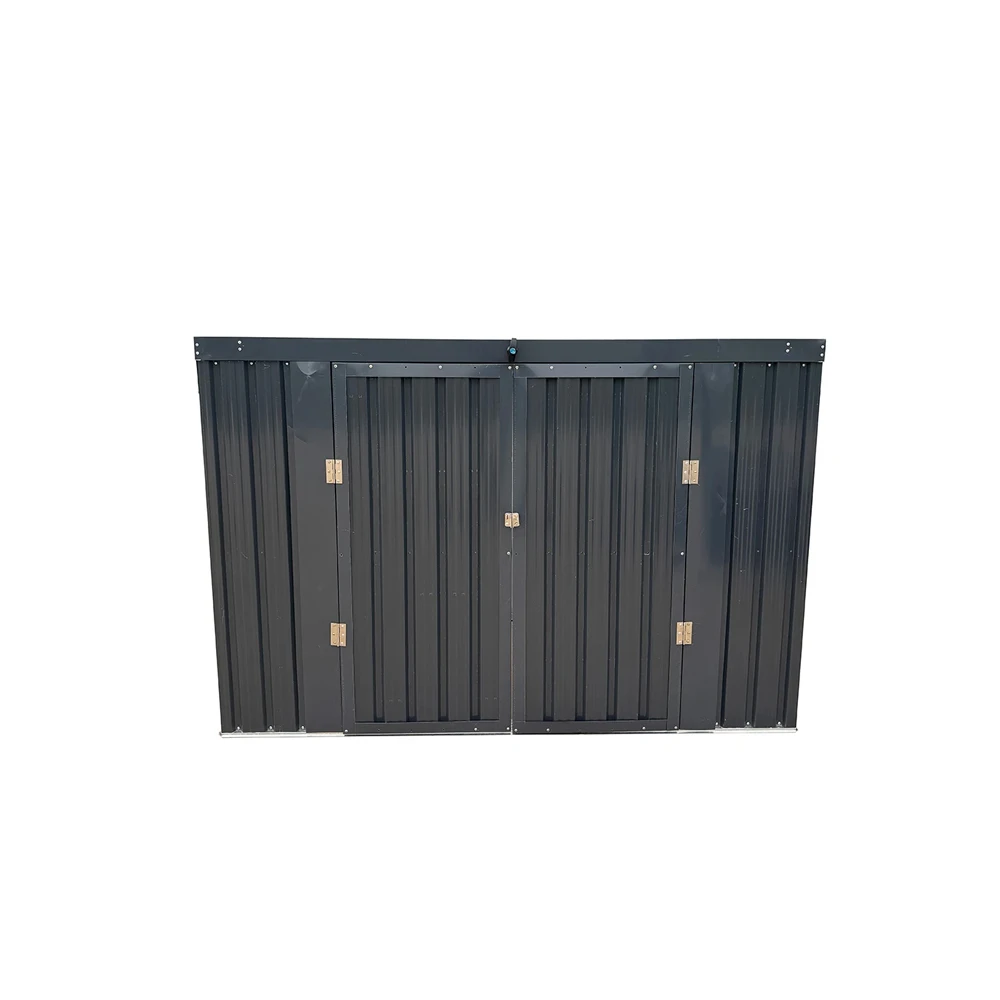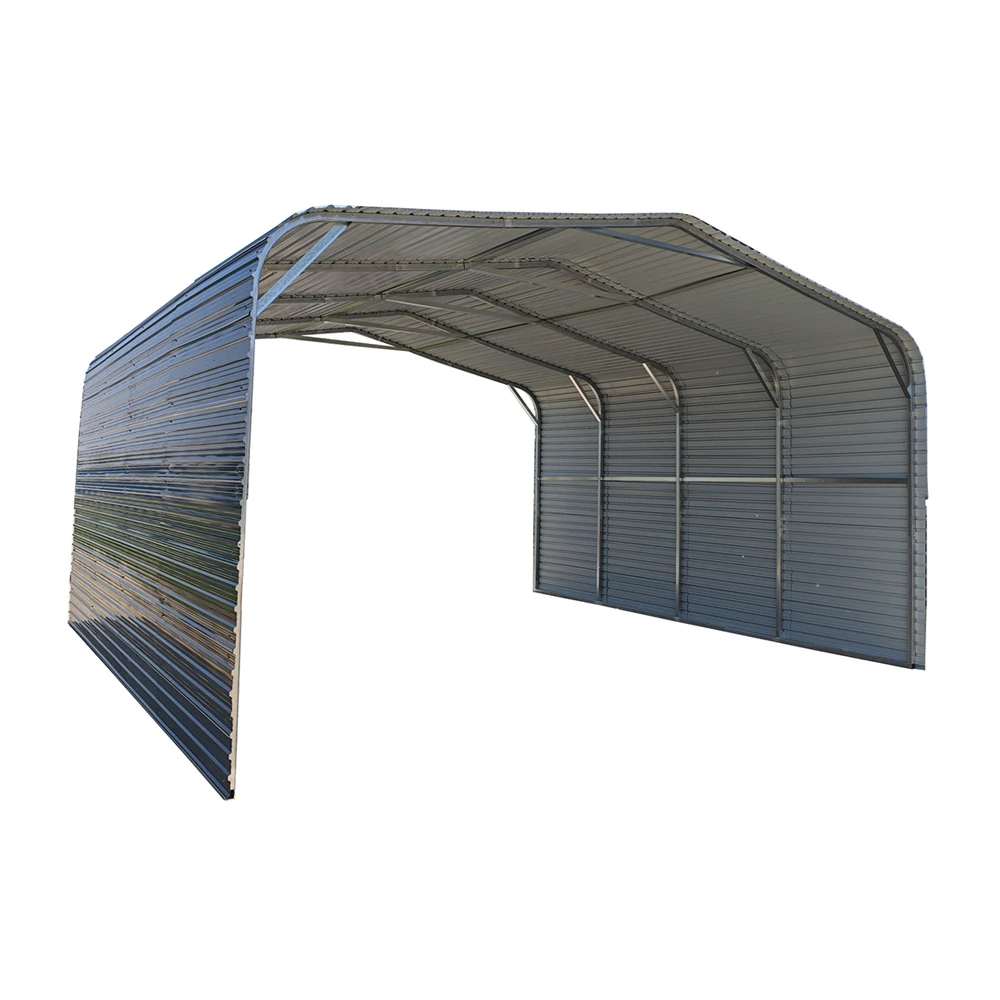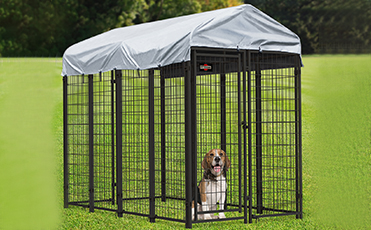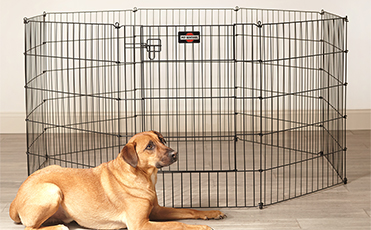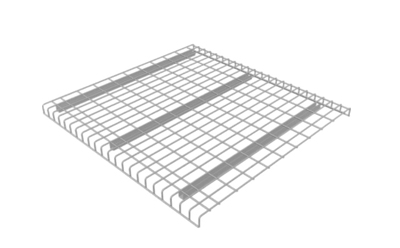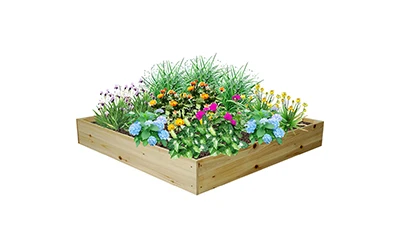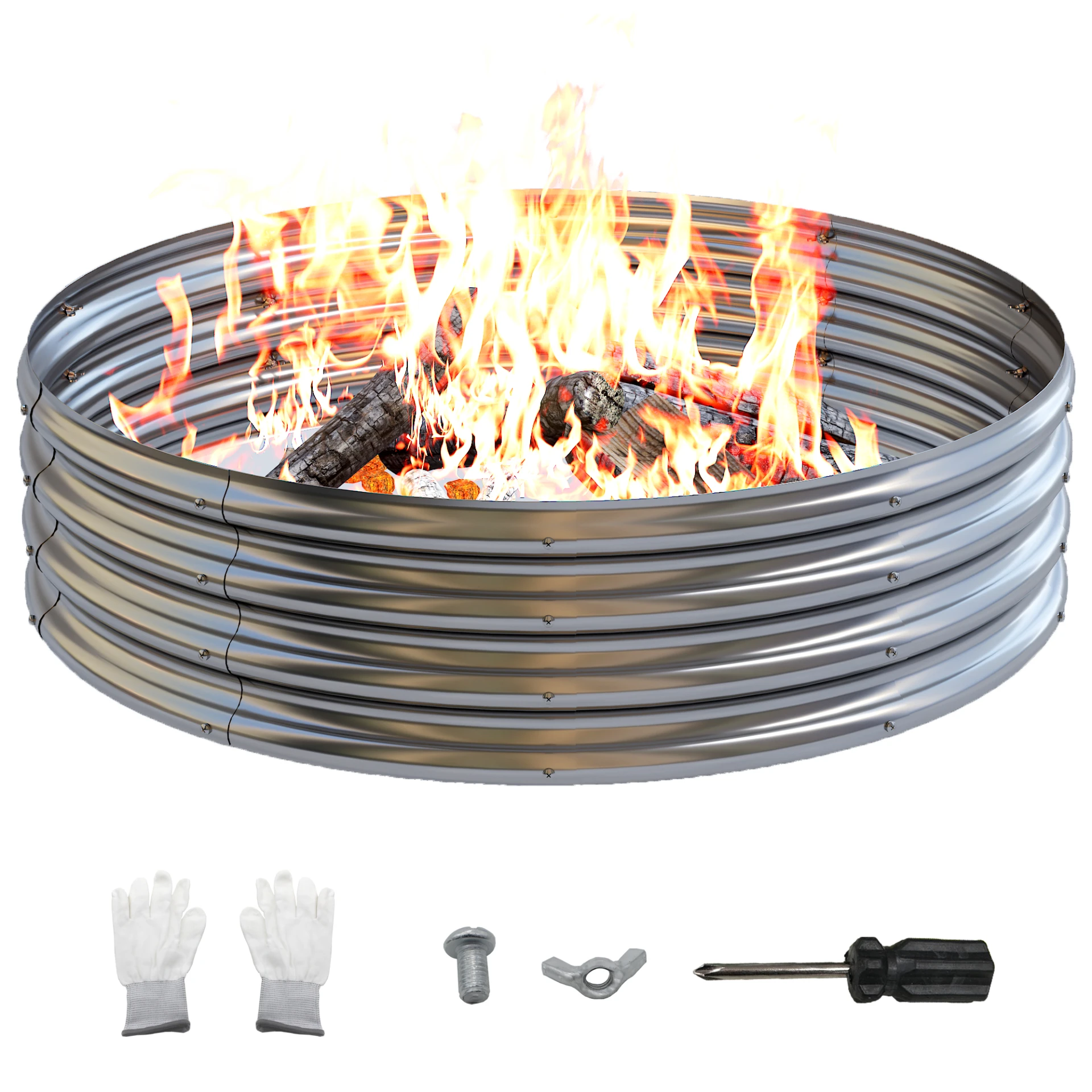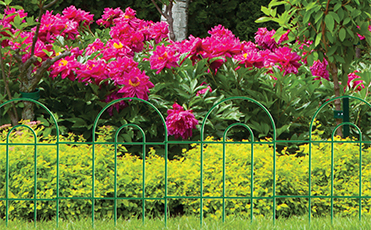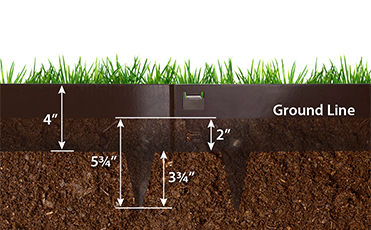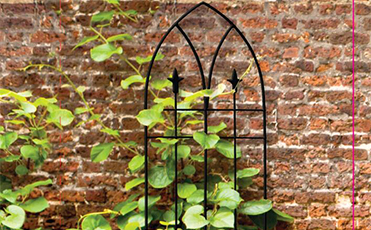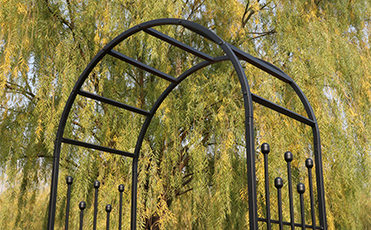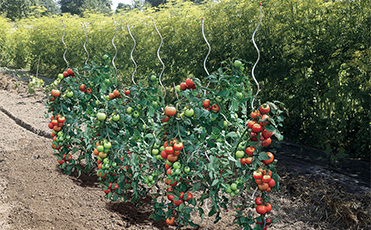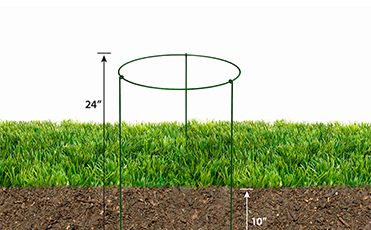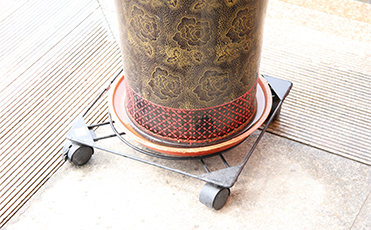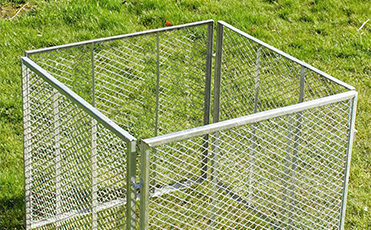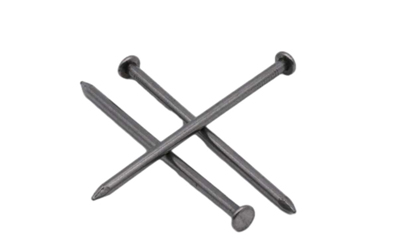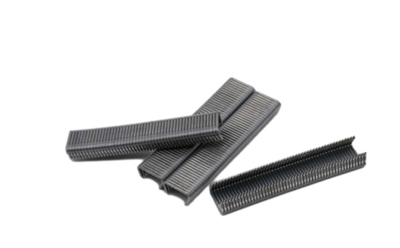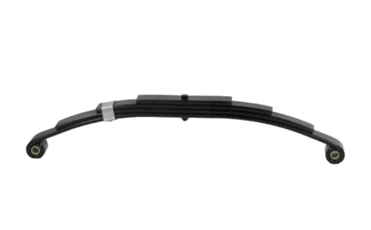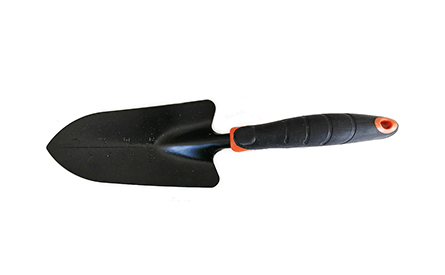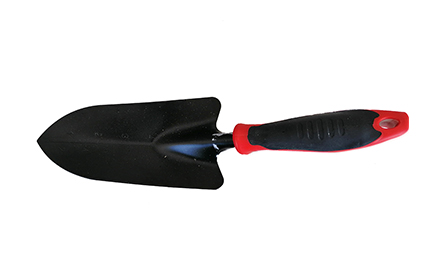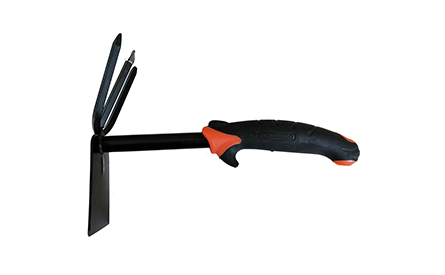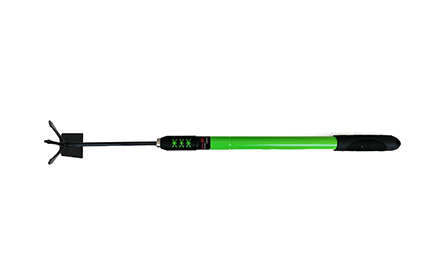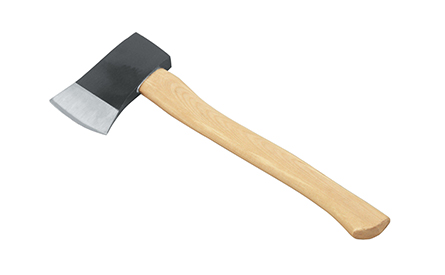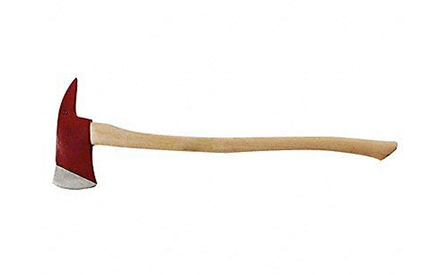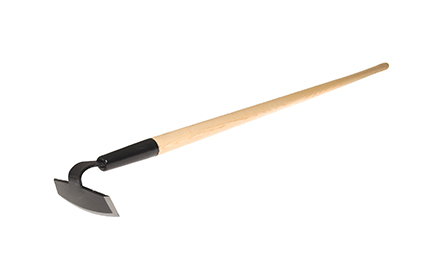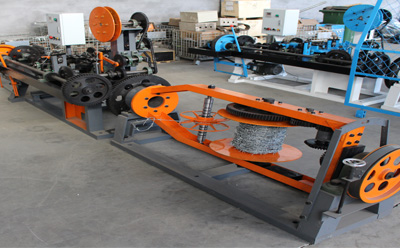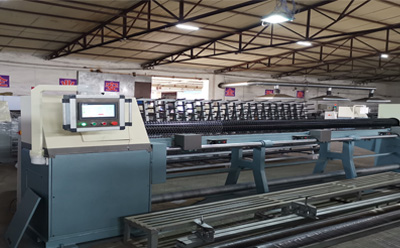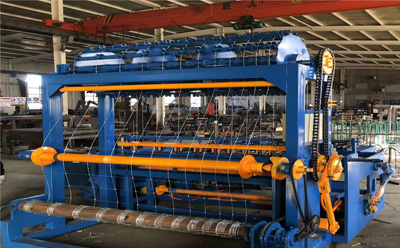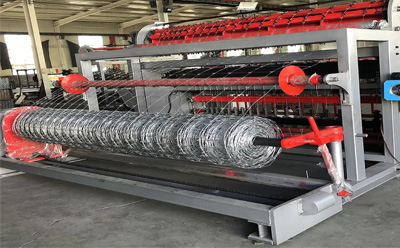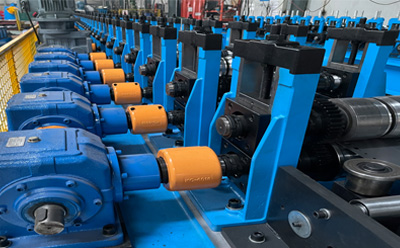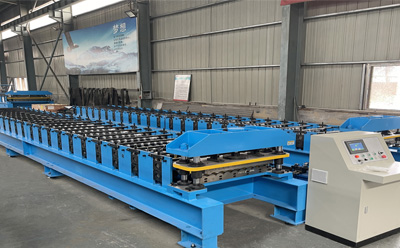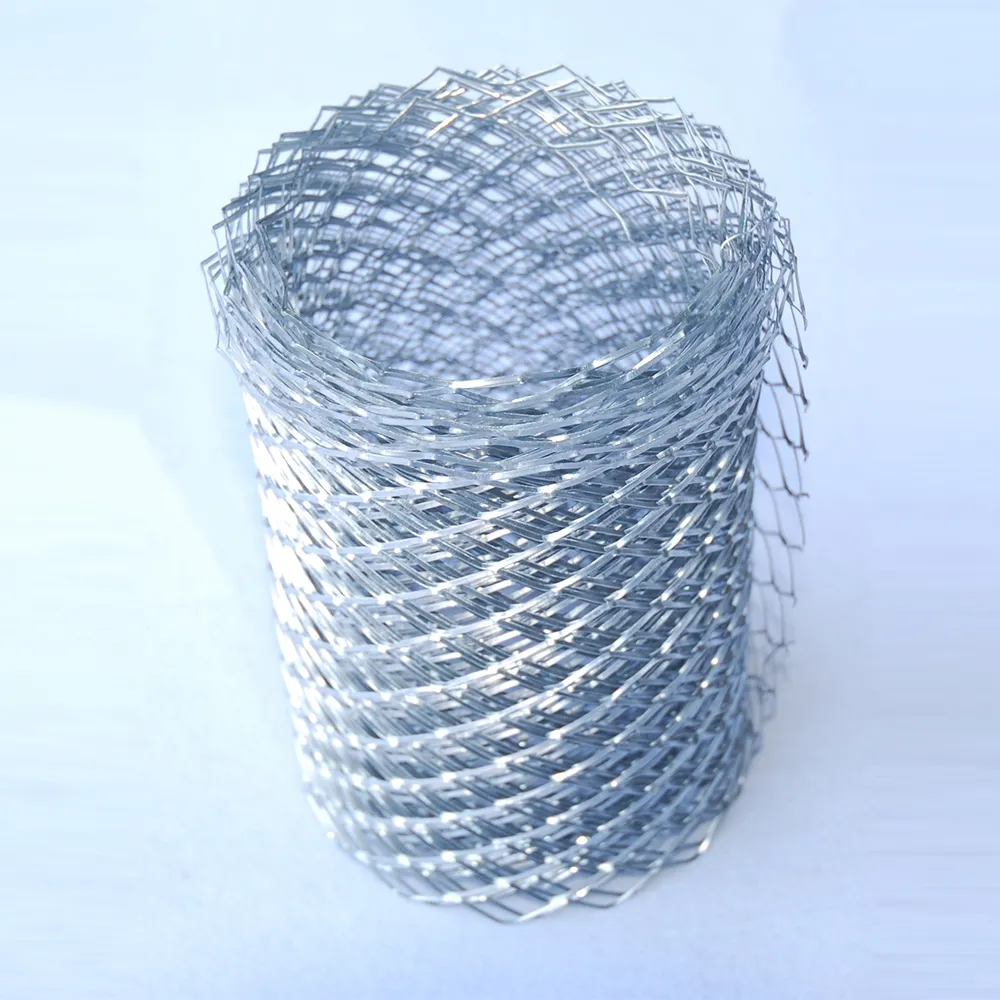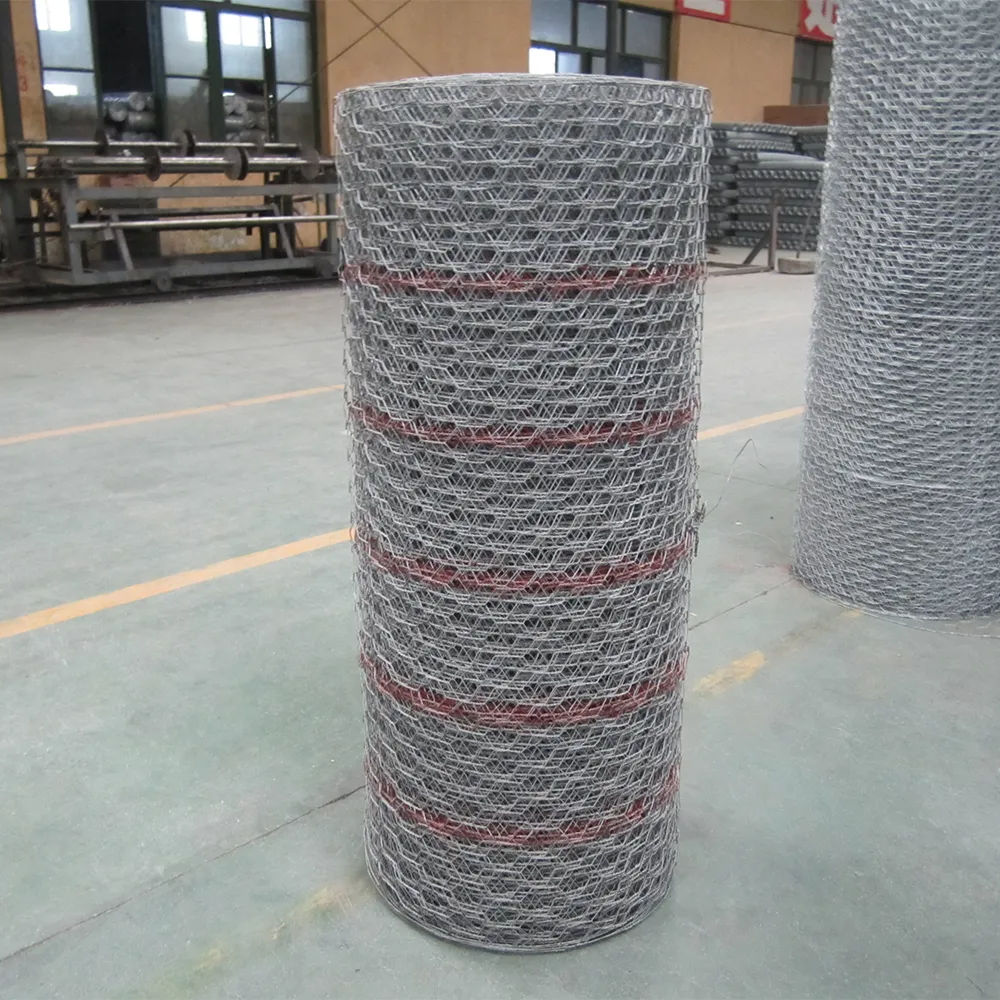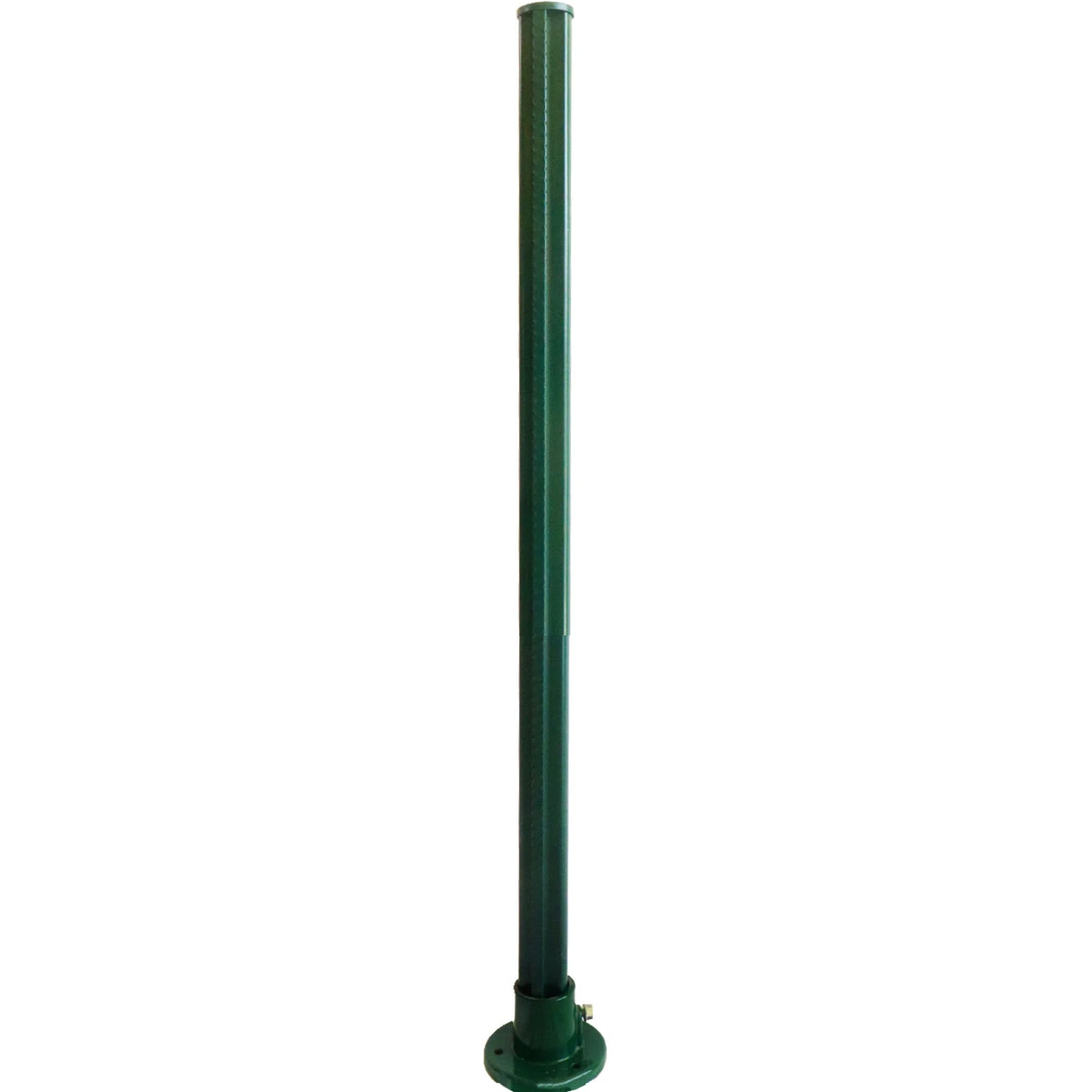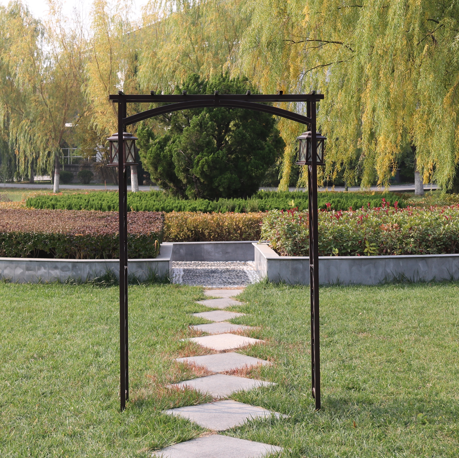Choosing the Right Wire Netting for Your Stucco Application and Installation Techniques Guide
Aug . 11, 2024 17:10Understanding Stucco Wire Netting A Key Component in Construction
Stucco wire netting, often referred to simply as stucco mesh, is an essential material in the construction and renovation of buildings, especially in exterior applications. It plays a crucial role in ensuring the durability and longevity of stucco finishes. This article delves into the importance of stucco wire netting, its types, installation process, and benefits.
What is Stucco Wire Netting?
Stucco wire netting is a wire mesh used as a reinforcing layer for stucco systems. Typically made from galvanized or stainless steel, this mesh provides structural support, stability, and a solid base for applying stucco. The mesh helps prevent cracking and provides a taut surface that improves the adhesion of stucco to the underlying wall material.
Types of Stucco Wire Netting
There are several types of stucco wire netting available on the market, each designed for specific applications
1. Diamond Lath This type features a diamond pattern that enhances the bond between the stucco and the lath, making it a popular choice for residential and commercial projects.
2. Expanded Metal Lath Made from a single piece of metal that has been expanded to form a series of diamonds, this type is durable and commonly used in exterior stucco applications.
3. Fiberglass Reinforced Mesh While less common, fiberglass mesh may be used in areas where moisture resistance is crucial, as it does not corrode or rust.
4. Heavy-Duty Lath For high-stress environments, heavy-duty wire mesh offers improved strength and is often used in commercial applications.
The Installation Process
The installation of stucco wire netting is a straightforward but crucial part of the stucco application process
. Here are the general stepsstucco wire netting
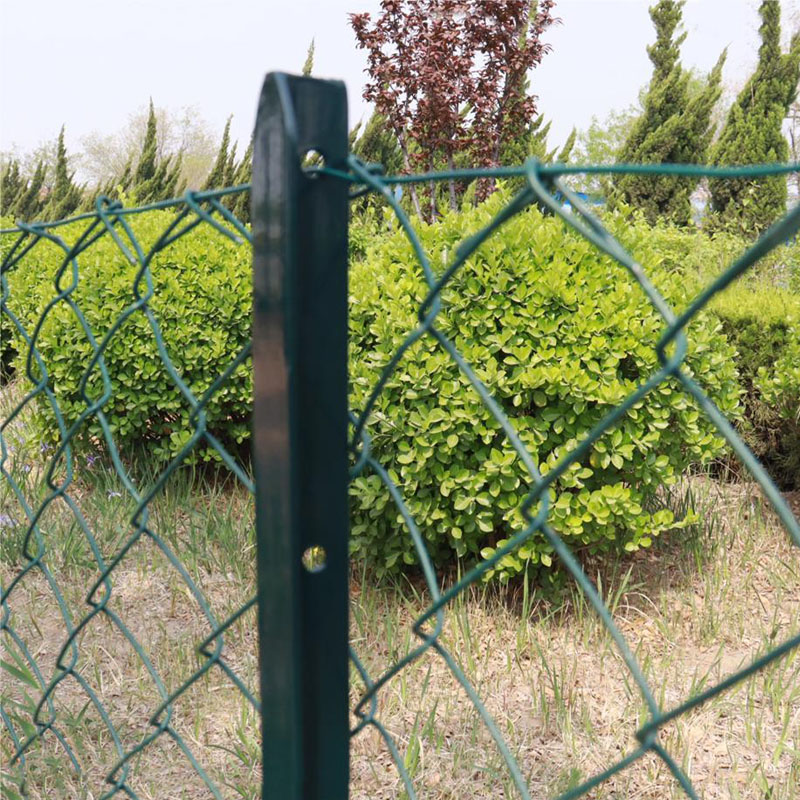
1. Preparation The wall surface needs to be clean and free of debris. Any protrusions or uneven surfaces should be addressed to ensure proper adhesion.
2. Measuring and Cutting The wire netting is measured and cut to size before being applied. It is important to ensure that the pieces overlap at the seams to provide a continuous reinforcing surface.
3. Attachment Using nails or specialized fasteners, the wire netting is securely attached to the wall surface. Fasteners are typically placed every 4 to 6 inches along the edges and throughout the center to prevent sagging.
4. Applying the Scratch Coat Once the mesh is installed, a scratch coat of stucco is applied. This acts as a base layer, providing an initial bond with the mesh.
5. Final Coats After the scratch coat has cured, additional coats of stucco can be applied, creating a finished surface.
Benefits of Using Stucco Wire Netting
The incorporation of stucco wire netting in construction offers several benefits
- Strength and Durability The mesh enhances the structural integrity of the stucco, reducing the likelihood of cracks and damage over time.
- Improved Bonding The unique design of the wire mesh promotes superior adhesion between the stucco and wall, ensuring a long-lasting finish.
- Moisture Resistance By providing a stable base, stucco wire netting helps protect the underlying structure from moisture infiltration, which can lead to mold and decay.
- Versatility Suitable for various applications, stucco wire netting can be used on different surfaces, making it a versatile choice for both new constructions and renovations.
In conclusion, stucco wire netting is a vital part of the stucco application process. Understanding its purpose, types, and benefits can help builders and homeowners make informed decisions about their construction projects, ultimately leading to more durable and aesthetically pleasing results. Whether enhancing residential homes or commercial buildings, stucco wire netting proves to be an invaluable asset in the realm of construction.
Copyright © 2025 Hebei Minmetals Co., Ltd. All Rights Reserved. Sitemap | Privacy Policy

